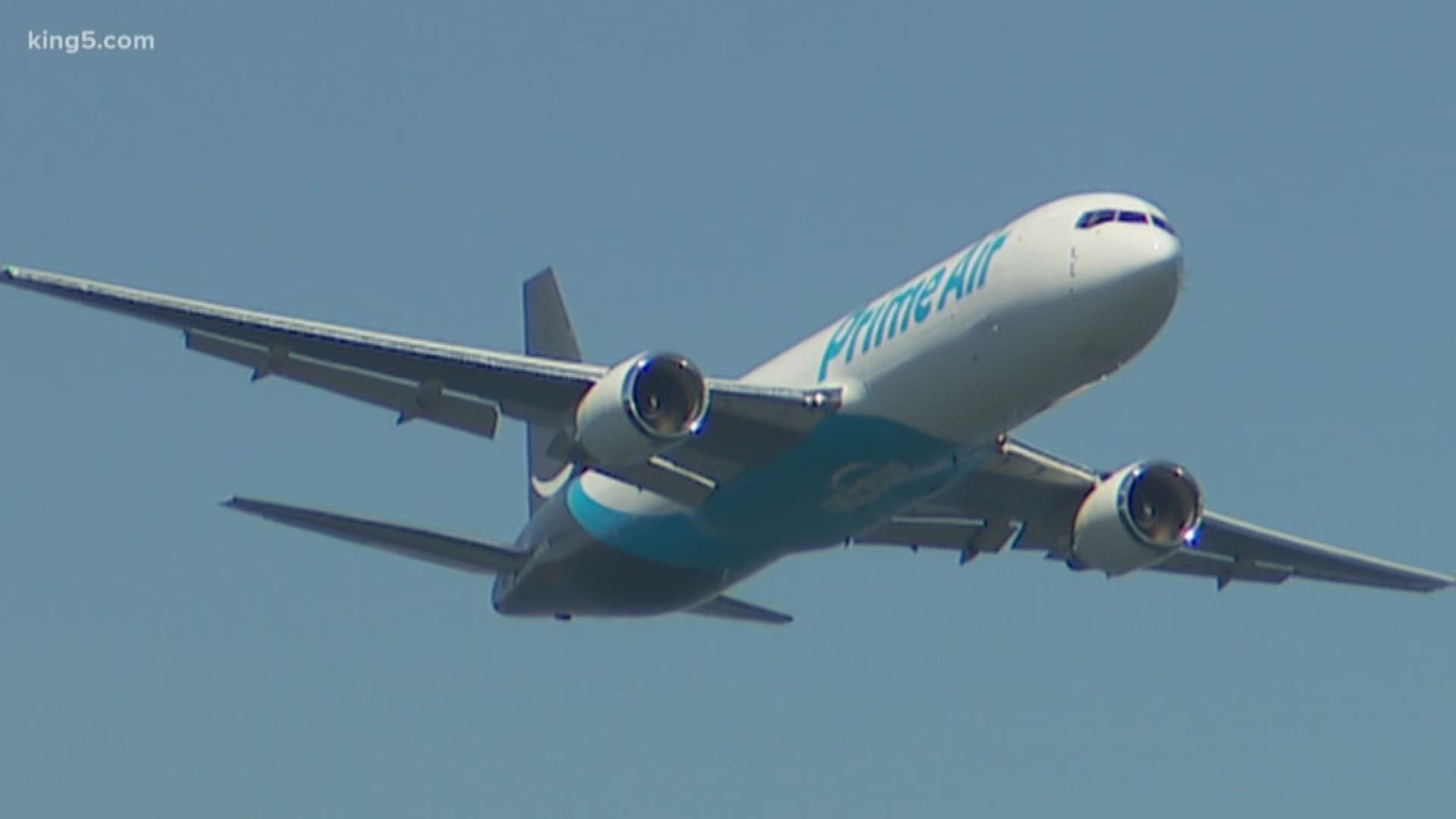Mystery surrounds the deadly crash of an Amazon cargo jet in Houston, Texas.
The large airliner converted to fly cargo for Amazon Prime Air suddenly slammed into a marsh outside Houston on February 23. The plane disintegrated into countless pieces in a matter of seconds. There was no distress call, no currently-known warning. Rain in the region shouldn’t have been an issue for the big jet. The plane just disappeared off radar.
Three people on board, all crew members, died in the crash. Investigators continue to search for the black box recordings.
The Boeing 767 entered service in 1982. Since then, Boeing has built more than 1,300 of them for airlines worldwide. The company’s Everett, Washington factory is still building freighter versions and tanker versions for the U.S. Air Force.
“This aircraft has really amassed one of the most remarkable records of any jetliner in history,” said air safety analyst and pilot John Nance. But when looking at what we know so far, he said the Houston crash is very much a mystery.
“What we know at the present time, and it’s a complete head-scratcher, there’s nothing that fits at all. So what I think we’re going to have to rely on is the cockpit voice recorder and the flight data recorder, and I hope they’ll be recovered quickly. To be able to give us a clue as to what in the world happened here.”
“That aircraft was designed with a lot of safety features in mind. And over the years there have been improvements to these systems, and requirements by the FAA and others that make these aircraft even safer,” said Todd Curtis, a former Boeing engineer who runs airsafe.com, the long-running website that tracks the safety of airlines and the planes they fly.
According to AirSafe, out of all those aircraft, only two have gone down accidentally. One happened in May 1991, when Austrian-based Lauda Air lost a jet over Thailand after one of its engine thrust reversers deployed in flight. The second happened in 2002, when an Air China 767-300 crashed near Pusan, South Korea after crashing into a mountain while attempting a second approach to the airport in poor visibility.
That’s not to say other 767s haven’t been lost. But they weren’t accidents. Two were used as weapons by the 9/11 hijackers. Another hijacking resulted in a plane ditching into the ocean in full view of beachgoers in the Comoros Islands off east Africa. A more controversial case involved an EgyptAir pilot who the National Transportation Safety Board concluded deliberately crashed his plane into the Atlantic after departing JFK Airport in 1999.
There have been other cases where 767s have run out of fuel only to be successfully landed at alternate airports, and even planes severely damaged during emergency landings in bad weather.
It may be another year to 18 months before the NTSB finds probable cause in the case of Atlas Air flight 3591 flying as Amazon Prime Air.
That airplane was delivered to a Canadian airline in 1992, went through several leasing companies and flew for airlines in South America and China according to websites that track aircraft.
In 2017, it was converted from a passenger jet to a freighter, which is not unusual. It became part of the Prime Air fleet that includes 40 jets flown for Amazon by several airlines, including Atlas.

